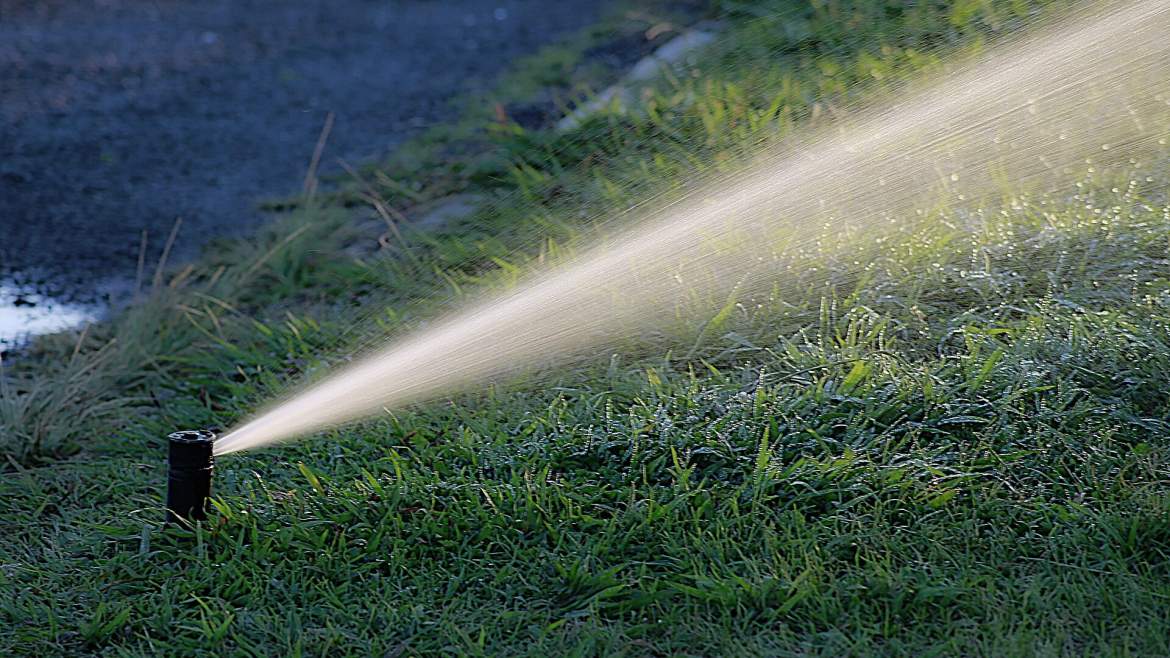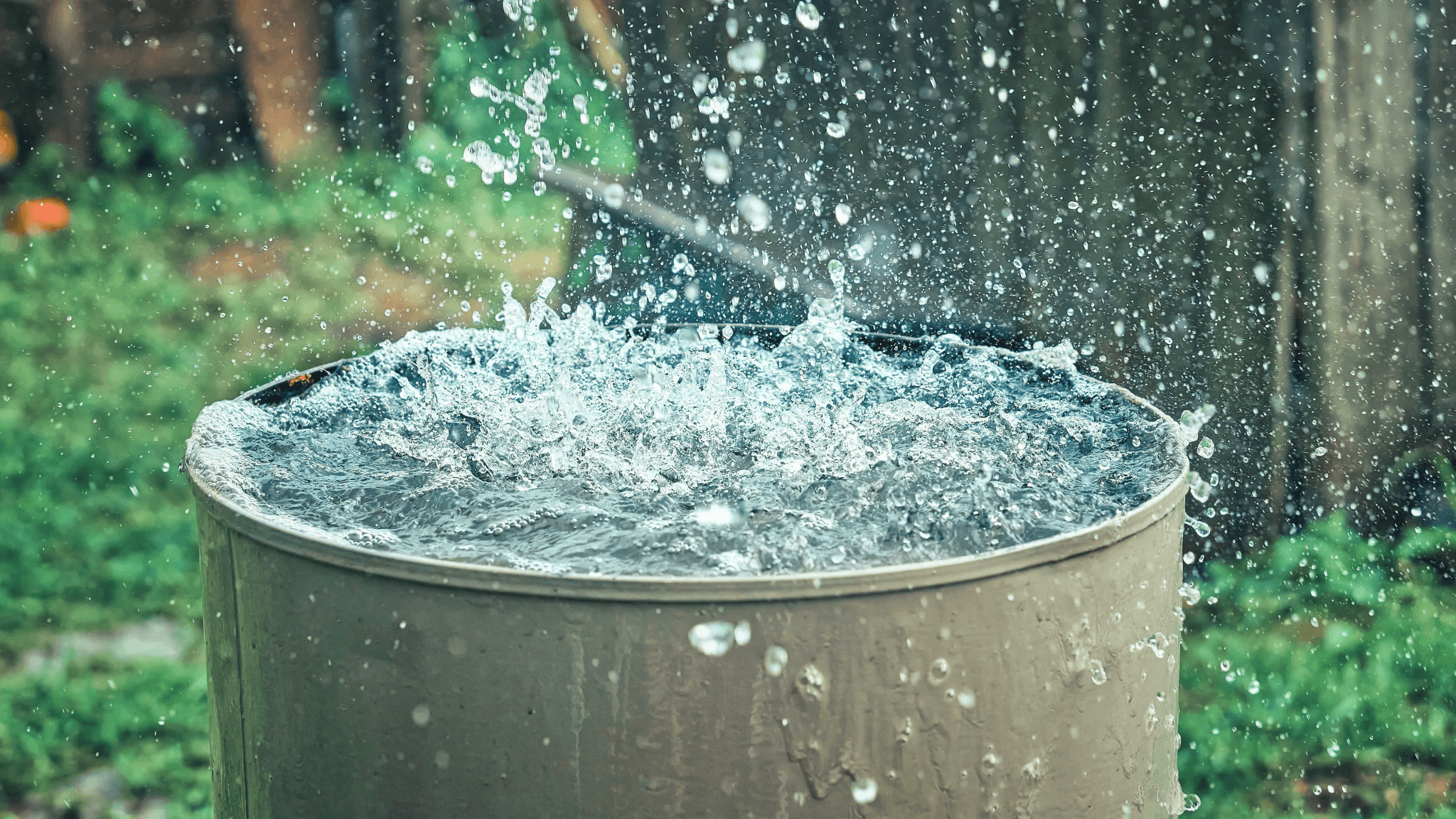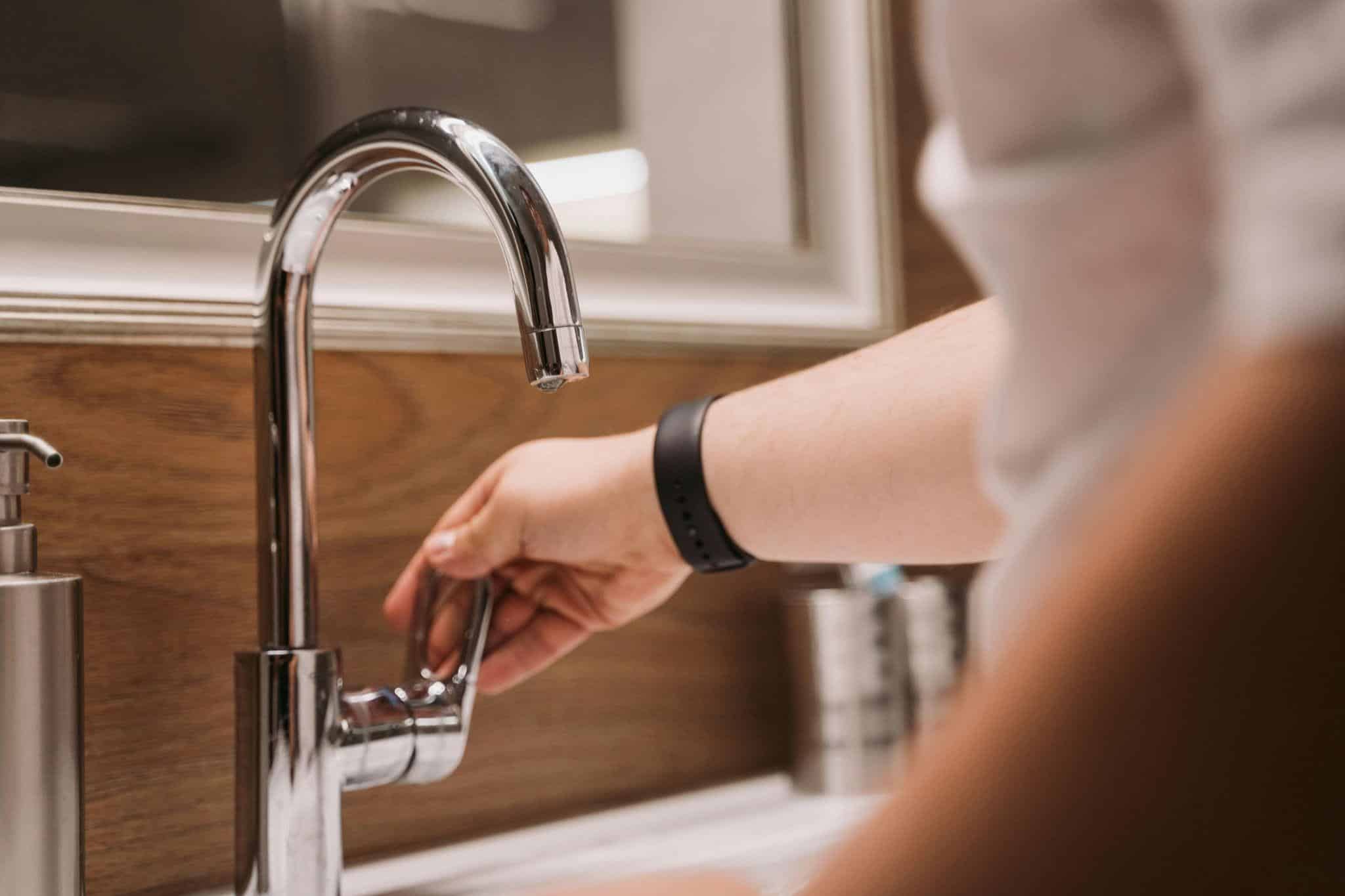High water bills can feel like an unavoidable part of life, but they don’t have to be. The good news? Lowering your water bill doesn’t require a complete lifestyle overhaul. By making a few simple changes in your home, you can reduce water usage, save money, and even do your part for the environment.
In this guide, we’ll walk through seven practical steps you can take to lower your home water bill. These steps are easy to implement, and some might even surprise you with how effective they are. Let’s take a look.
1. Fix Leaks Immediately
A dripping faucet might not seem like a big deal, but those tiny drops add up over time. In fact, a faucet dripping at the rate of one drop per second can waste more than 3,000 gallons of water a year. And that’s just one faucet!
Leaks in toilets, pipes, and outdoor spigots can be even more costly. A running toilet, for example, can waste hundreds of gallons of water daily without you even realizing it.
Make it a habit to regularly inspect your home for leaks. Check under sinks, around faucets, and in your water meter to ensure everything is in good working order. If you’re unsure, a professional plumber can help identify hidden leaks. Fixing these issues promptly will prevent unnecessary water loss and keep your bills under control.
2. Upgrade to Efficient Appliances
One of the most effective ways to save water is by upgrading older appliances to more efficient models. Washing machines, dishwashers, and even toilets have made significant strides in efficiency over the years.
Take washing machines, for example. How much water does a washing machine use? It depends on the type and age of the model. Older washing machines typically use 20 to 40 gallons of water per load. In contrast, newer high-efficiency (HE) machines are far more water-efficient, with top-loaders using 12 to 17 gallons per load and front-loaders using as little as 7 to 10 gallons per load. Upgrading to an HE model can significantly reduce your water usage, helping you save money on your water bill while also lowering energy costs since less water needs heating.
When shopping for appliances, look for ENERGY STAR-certified models. These appliances are designed to use less water and energy while still delivering excellent performance. While the upfront cost may seem steep, the long-term savings on your utility bills make them a smart investment.
3. Be Smart with Your Irrigation

Outdoor water usage is often one of the biggest contributors to high water bills. If you have a lawn or garden, how you water it can make a big difference.
Instead of using a standard sprinkler system, consider installing a drip irrigation system. These systems deliver water directly to the base of plants, reducing waste from evaporation and runoff. Smart sprinklers are another great option. They adjust watering schedules based on weather conditions, ensuring your plants get just the right amount of water.
Timing also matters. Watering your lawn early in the morning or late in the evening helps minimize water loss due to evaporation. It’s a small adjustment that can lead to significant savings.
4. Install Low-Flow Fixtures
Upgrading your fixtures to low-flow options is an easy and affordable way to reduce water usage. Low-flow showerheads, faucets, and even toilets are designed to use less water without sacrificing performance.
When shopping for these fixtures, look for the WaterSense label. This certification ensures that the product meets water efficiency and performance standards. Installing low-flow fixtures is a simple DIY project that can start saving you money right away.
5. Use Water Wisely in the Kitchen
The kitchen is another area where water usage can add up quickly. But with a few simple changes, you can cut back significantly.
Start by running your dishwasher only when it’s full. Dishwashers are actually more water-efficient than washing dishes by hand, but only if you maximize each load. Avoid pre-rinsing dishes under running water—most modern dishwashers can handle food particles just fine.
When rinsing fruits and vegetables, use a bowl of water instead of running the tap. This not only saves water but also gives you the opportunity to reuse that water for watering plants.
Finally, if you have a garbage disposal, consider composting food scraps instead. Garbage disposals require water to operate, and composting is an eco-friendly alternative that reduces water use and waste.
6. Collect Rainwater for Outdoor Use

Rainwater harvesting is an excellent way to reduce your reliance on municipal water for outdoor tasks. By collecting rainwater, you can water your plants, clean outdoor surfaces, and even wash your car without using a single drop from your tap.
Setting up a rain barrel is simple and relatively inexpensive. Position the barrel under a downspout to capture rainwater as it flows off your roof. Many barrels come with spigots, making it easy to attach a hose or fill a watering can.
Rainwater collection is not only cost-effective but also environmentally friendly. It’s a great way to make the most of a natural resource that might otherwise go to waste.
7. Monitor Your Water Usage
One of the best ways to lower your water bill is to keep track of how much water you’re using. By understanding your household’s water consumption, you can identify inefficiencies and make targeted changes.
Smart water meters, like the Bluebot Mini, are excellent tools for monitoring water usage in real time. These devices provide detailed insights into how and where water is being used in your home. You can set alerts for unusual activity, such as leaks or excessive use, and adjust your habits accordingly.
Monitoring your usage also allows you to set goals for reducing water consumption.
By following these seven steps, you can significantly lower your home water bill without sacrificing convenience or comfort. Whether you upgrade appliances, fix leaks, or simply be more mindful of your habits, every small change adds up. Start with one or two steps today, and you’ll soon see the difference—not just in your bill but in your home’s overall efficiency.

